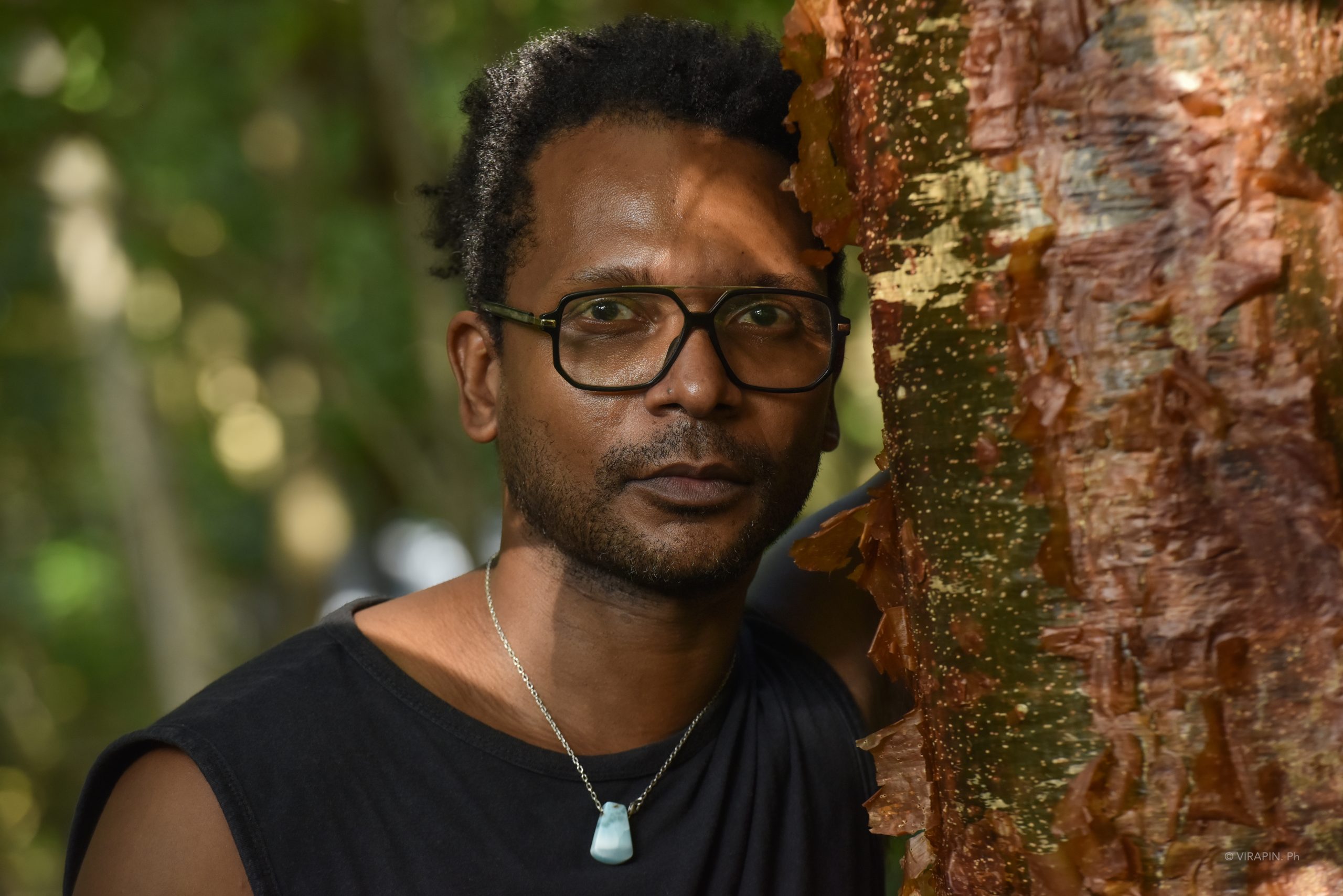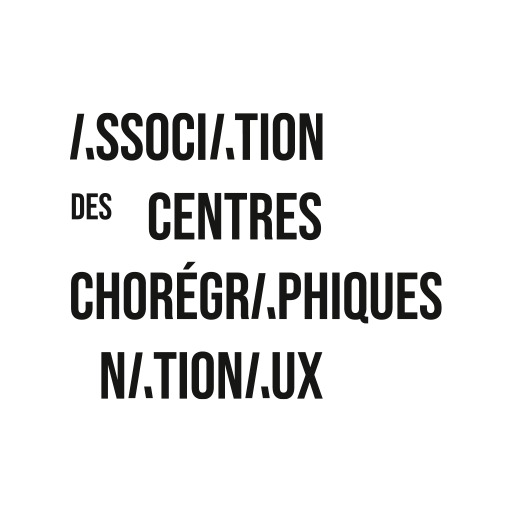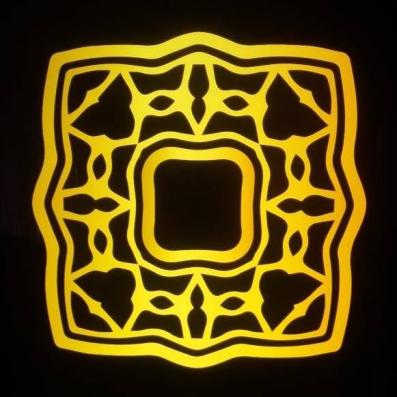Léo Lérus
Choreographer
June 2026

- Dance
- Performing Arts
- New York
“My aim is to foster a network where artists can explore diverse dance forms as expressions of cultural identity, resistance, and community, honoring our roots while amplifying contemporary voices and narratives.”
My dance journey started with the Gwoka of my Guadeloupean home, guided by Léna Blou. At 14, I joined the Conservatoire National Supérieur de Paris, focusing on contemporary dance. From 1999, my professional career involved working with international companies.
These experiences led me to start creating my own choreographic works in 2010. In 2017, during a research residency at Chaillot – Théâtre National de la Danse, I began a deeper connection with Gwoka and my Guadeloupean roots. This started an ongoing exploration of how contemporary dance can engage with my cultural heritage. My aim has been to articulate a Caribbean, Afro-descendant, Guadeloupean choreographic signature that contributes to the growth of Guadeloupean identity and culture, both locally and internationally.
This research led to Entropie in 2019, which received the Audience Award at the 2021 PODIUM national dance competition. In 2022, as part of the French Ministry of Culture’s “Mondes Nouveaux” program, I created Gounouj In Situ, a piece performed in the protected natural site of Grande Anse/Gros Morne, Guadeloupe. Since 2024, a stage version of Gounouj has been touring internationally.
Currently, I’m an associate artist at Viadanse – Centre Chorégraphique National de Belfort Fattoumi/Lamoureux.
This Villa Albertine residency offers a chance to continue my research in contemporary dance, further exploring my cultural background. I plan to do this in dialogue with Caribbean and African American communities in New York, and to start a collaborative dance project with Shamel Pitts, looking at themes of pride, identity, and resistance through Gwoka and Groove.
Léo Lérus began his dance journey with Guadeloupean Gwoka under Léna Blou. At 14, he trained in contemporary dance at the Conservatoire National Supérieur de Paris. In 1999, his professional career launched with international companies.
Inspired, Lérus began choreographing in 2010. A 2017 residency deepened his connection to Gwoka and Guadeloupean culture, blending heritage with contemporary work. This led to Entropie (2019), winning the 2021 PODIUM Audience Award. He then created Gounouj In Situ (2022), a site-specific piece, followed by the internationally touring stage adaptation, Gounouj (2024). Since 2023, Lérus is an associate artist at ViaDanse, Centre Chorégraphique National of Belfort.
This project reflects my journey as a dancer and choreographer committed to building bridges within the Afro-descendant diaspora and culture whether in the Caribbean, New York, or beyond. My aim is to foster a network where artists can explore diverse dance forms as expressions of cultural identity, resistance, and community. It’s about honoring our roots while amplifying contemporary voices and narratives :
Groove as a Shared Thread
Groove is a core element of Black dance cultures worldwide, a way of moving, being, and remembering. More than rhythm, it is a cultural force that connects generations, evokes ancestry, and embodies the lived experiences of Blackness. Across the diaspora, groove allows communities to express unique identities while drawing from shared legacies.
This project embraces collaboration as a vital part of that process. By bringing together artists from across regions, we aim to expand the spectrum of Black creativity, challenging reductive narratives and celebrating our differences. Groove, as both common ground and diverse practice, serves as the foundation for this creative exchange.
Dance as Cultural Archive
Dance forms like Gwoka are living archives, repositories of history, resistance, and identity. Through shared practices and dialogue, Afro-descendant choreographers can innovate together, creating new tools, techniques, and stories that speak to today’s world.
Collaboration with Shamel Pitts
Anchored in New York City, this project proposes a renewed collaboration with Shamel Pitts. Though we share roots in Batsheva Dance Company, our identities : his in Brooklyn, mine in Guadeloupe offer contrasting but complementary perspectives on groove. Together, we will explore its nuances across the Americas and the Caribbean.
Objectives
Define groove, explore current works, engage communities, and foster cultural pride through dance : creating dialogue, connection, and celebration.
Undertaking a residency in New York City offers a powerful opportunity to reconnect with the choreographer Shamel Pitts and pursue together an exploration about artistic heritage and engage with the vibrant Caribbean communities that shape the city. NYC, a global cultural crossroads, is where Shamel’s artistic voice, rooted in hip-hop, house, and contemporary performance, first emerged. For him, the city remains a constant source of inspiration, supported by his community, collaborators, and cultural legacy. My own journey contrasts with his. Growing up in Guadeloupe, my identity was shaped by nature and the traditional Gwoka dance. However, Shamel and I forged a deep bond around shared Afro-descendant culture : groove, resilience, and heritage. These exchanges enriched our artistic voices and led to creative collaborations.
This NYC residency offers a chance to collaborate again, this time on Shamel’s ground, engaging with TRIBE’s Afrofuturist vision and NYC’s dynamic Caribbean diaspora. This project is not just about creating work, but also about building bridges, honoring legacies, and engaging with the dynamic cultural forces that make NYC a global epicenter for the arts.
Collaboration between Afro-descendant choreographers like Shamel Pitts and myself is a form of cultural preservation, innovation, and empowerment that is crucial to our generation. It strengthens ties across continents, celebrating the diversity and legacy of Black identity in the arts. By immersing in NYC’s rich cultural environment—its Afro-Caribbean communities, Shamel’s roots, and the city’s artistic energy—this project seeks to honor the past while shaping the future of Black dance.
In partnership with

Viadanse, Centre chorégraphique national de Bourgogne Franche-Comté à Belfort

Lafabri’k espaces des arts en mouvement, Les Abymes
LAFABRI’K was born under the presidency of Mrs. Marie-Laure Poitout and has for vocation to make the dreams of the CDEC.
LAFABRI’K is a choreographic and cultural space to train children, neophytes, amateurs and professionals, in the values of excellence and authenticity so that together they handle the art of movement, to transform themselves into artisans, artists, creators of the Dance!

